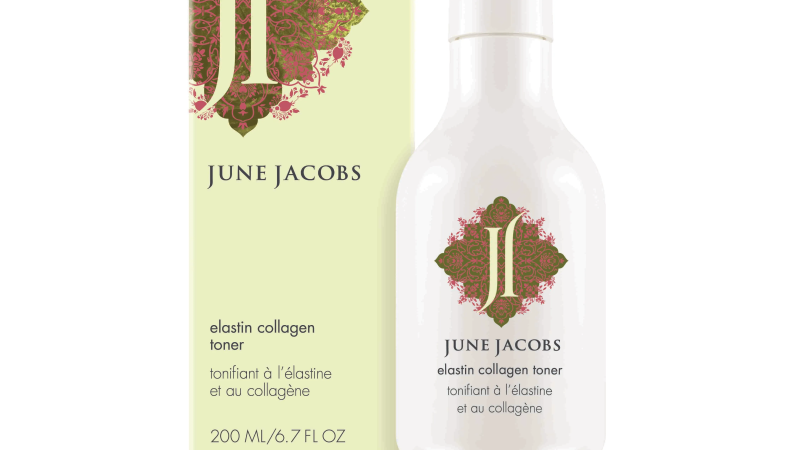Yes, petroleum jelly has many proven benefits. Here's what it's for.
When it comes to health and beauty products, few are as commonly used as petroleum jelly. Often referred to by the brand name Vaseline, petroleum jelly has been around a long time. In the 1850s, oil workers noticed elements of it forming as a byproduct of their drilling - a substance they called "rod wax." While they didn't like what it did to their drilling machinery, they noticed it seemed to help heal minor burns and wounds.
A Pennsylvania-based chemist by the name of Robert Chesebrough began examining and refining the substance, eventually patenting his formula in 1872; before he began producing and marketing it for public use. "He worked for ten years to refine and purify the wax to a lighter, transparent gel that is similar to the petroleum jelly we use today," explains Dr. Farah Moustafa, a board-certified dermatologist and the director of Laser and Cosmetics at Tufts Medical Center.
What is Vaseline?
While Chesebrough was the one to refine and brand petroleum jelly as Vaseline, its generic form is widely available today. "Petroleum jelly is an oily substance made from mineral oils and waxes," says Dr. Elika Hoss, a board-certified dermatologist and the director of the Mayo Clinic Dermatology Cosmetic Clinic in Arizona. It's produced by refining crude oil, which results in a semi-solid mixture of liquid (mineral oil) and solid (paraffin wax and microcrystalline wax), explains Moustafa.
Its original form - usually labeled as "healing jelly" or "original healing jelly" - is odorless, and its United States Pharmacopeia (USP) grade is refined so that petroleum jelly does not contain any carcinogenic or irritating ingredients. Its pure form also "has very low allergenic potential," says Moustafa, so it's even safe for most people with allergies to use.
It's worth noting, however, that some brand versions of petroleum jelly, including lip balm, have some added ingredients, "so you have to be especially careful of non-original forms of petroleum jelly if you have allergies," says Dr. Debra Jaliman, a board-certified dermatologist and an assistant clinical professor of dermatology at Mt. Sinai School of Medicine in New York City.
What is Vaseline used for?
Petroleum jelly has a wide variety of uses, including to help reduce split ends and to add shine to hair. It's also used to prevent stains when using hair dye and nail polish, to remove makeup, and to help perfume and cologne last longer.
But it's most common use is related to skincare as "it's usually used to treat dry lips, dry heels, and cracked hands," says Jaliman. Moustafa says petroleum jelly is able to help this way by protecting the skin from irritants and infection and by aiding with something called re-epithelialization, which she says is the resurfacing of a wound with new epithelium, or protective skin cells.

Hoss says that petroleum jelly is also often used to prevent diaper rash and to treat eczema in children.
The substance is a popular moisturizer as well, "because it helps to lock in moisture and prevent dry skin," says Dustin Portela, DO, a board-certified dermatologist and founder of Treasure Valley Dermatology in Boise, Idaho. He says the jelly is also an effective skin protection and lip balm, "because it shields the skin from environmental or chemical irritants and from windburn and other harsh weather conditions."
Are there any downsides of using Vaseline?
As safe and effective as petroleum jelly can be in these and other cases, it may not be the panacea some believe it to be. For instance, though a very small amount is sometimes recommended to be applied at the entrance of one's nose to aid nosebleeds, it's not recommended to apply the substance too frequently on one's nose or too far up the nostrils, "as it can be dangerous if inhaled into the lungs," cautions Portela.
He says petroleum jelly should also not be used as a lubricant with condoms, "as it can weaken the latex and increase the risk of breakage." And while it is known to be effective in treating minor scrapes and wounds, it should not be used on deep wounds, Hoss says, because it has potential to seal bacteria in the wound and thereby increase the risk of infection.
Moustafa says petroleum jelly is also not recommended on skin that is especially acne prone or excessively oily, "as it can exacerbate these problems." And when it's applied on a fresh burn, she adds, "it can trap in heat due to its occlusive nature and lead to more discomfort."
It's also important to rule out any skin conditions or related medical conditions that require medical treatment beyond the relatively minor healing properties of petroleum jelly. "If your skin is itchy, burning or irritated," advises Hoss, "seeing a board-certified dermatologist for individualized treatment is recommended."
Disclaimer: The copyright of this article belongs to the original author. Reposting this article is solely for the purpose of information dissemination and does not constitute any investment advice. If there is any infringement, please contact us immediately. We will make corrections or deletions as necessary. Thank you.






